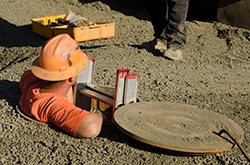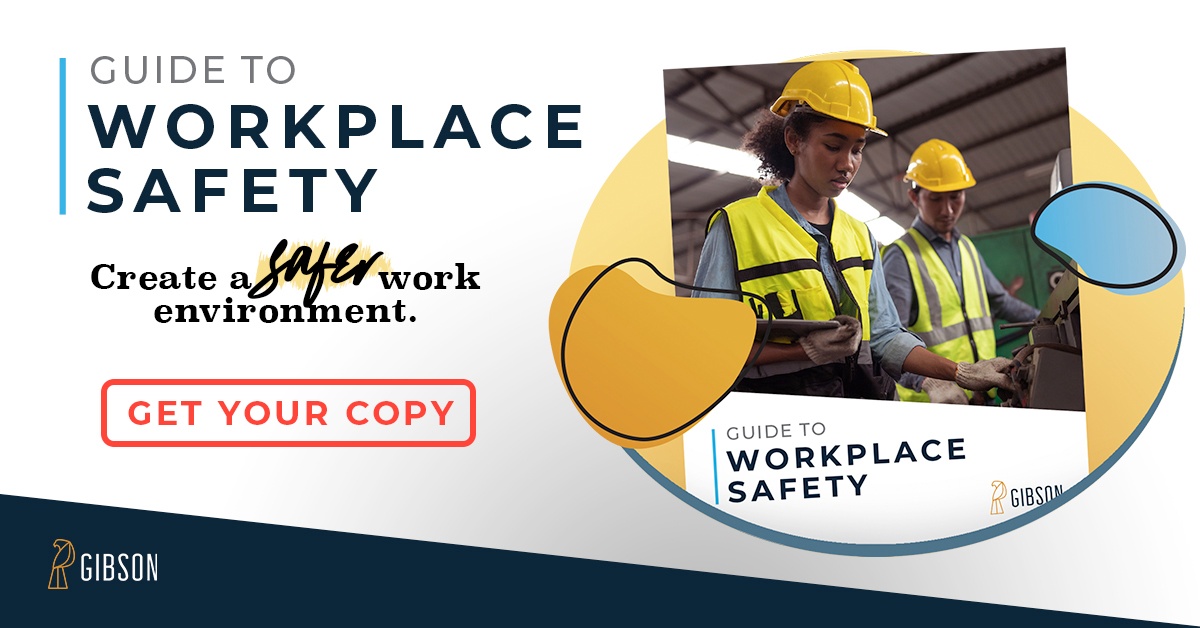 Crawl spaces, sewers, boilers, manholes. Individuals working in confined spaces such as these are exposed to life-threatening physical and atmospheric hazards.
Crawl spaces, sewers, boilers, manholes. Individuals working in confined spaces such as these are exposed to life-threatening physical and atmospheric hazards.
On August 3, 2015, OSHA implemented a new rule on confined spaces for the construction industry. This rule is similar to the general industry requirements which have been around for over 20 years, with some slight modifications to make it more suited for construction. This new standard is intended to prevent injuries and deaths by both eliminating and isolating the hazards of confined spaces. In fact, OSHA estimates the new rule will prevent approximately 800 serious injuries annually.
How Are Confined Spaces Defined?
A confined space is one which:
- Has limited means of entry and/or exit,
- Is large enough for a worker to enter it, and
- Is not designed for regular or continuous occupancy.
A permit required confined space meets the defined characteristics of a confined space and is one which:
- Contains or has a potential to contain a hazardous atmosphere,
- Contains a material that has the potential for engulfing an entrant,
- Has an internal configuration such that an entrant could be trapped or asphyxiated by inwardly converging walls or by a floor which slopes downward and tapers to a smaller cross-section; or
- Contains any other recognized serious safety or health hazard.
Where can confined spaces occur? Some examples include: manholes, sewers, storm drains, water mains, HVAC ducts, boilers, bins, pits, tanks, incinerators, drilled shafts, lift stations, and silos.
What Does The Standard Require?
This new standard requires employers to determine, by a competent person: what kinds of spaces their employees are working in, what hazards could be present, how those hazards can be made safe, what training should be provided to workers, and how to go about rescuing a worker. If you have employees working in confined spaces, take time to read the final rule to ensure you are meeting all of requirements.
How Does The New Rule Differ From The General Industry Rule?
From the general industry rule, OSHA has outlined 5 key differences in the new construction standard:
- More detailed provisions requiring coordinated activities when there are multiple employers at the worksite. This will ensure hazards are not introduced into a confined space by workers performing tasks outside the space. An example would be a generator running near the entrance of a confined space causing a buildup of carbon monoxide within the space.
- Requiring a competent person to evaluate the work site and identify confined spaces, including permit spaces.
- Requiring continuous atmospheric monitoring whenever possible.
- Requiring continuous monitoring of engulfment hazards. For example, when workers are performing work in a storm sewer, a storm upstream from the workers could cause flash flooding. An electronic sensor or observer posted upstream from the worksite could alert workers in the space at the first sign of the hazard, giving the workers time to evacuate the space safely.
- Allowing for the suspension of a permit, instead of cancellation, in the event of changes from the entry conditions list on the permit or an unexpected event requiring evacuation of the space. The space must be returned to the entry conditions listed on the permit before re-entry.
Additional Resources
- OSHA Confined Spaces in Construction website
- Final Rule – PDF; Reader Friendly PDF
- OSHA Safety & Health Topics – Confined Spaces
- OSHA Confined Spaces Advisor – Interactive tool
- NIOSH Confined Spaces website




